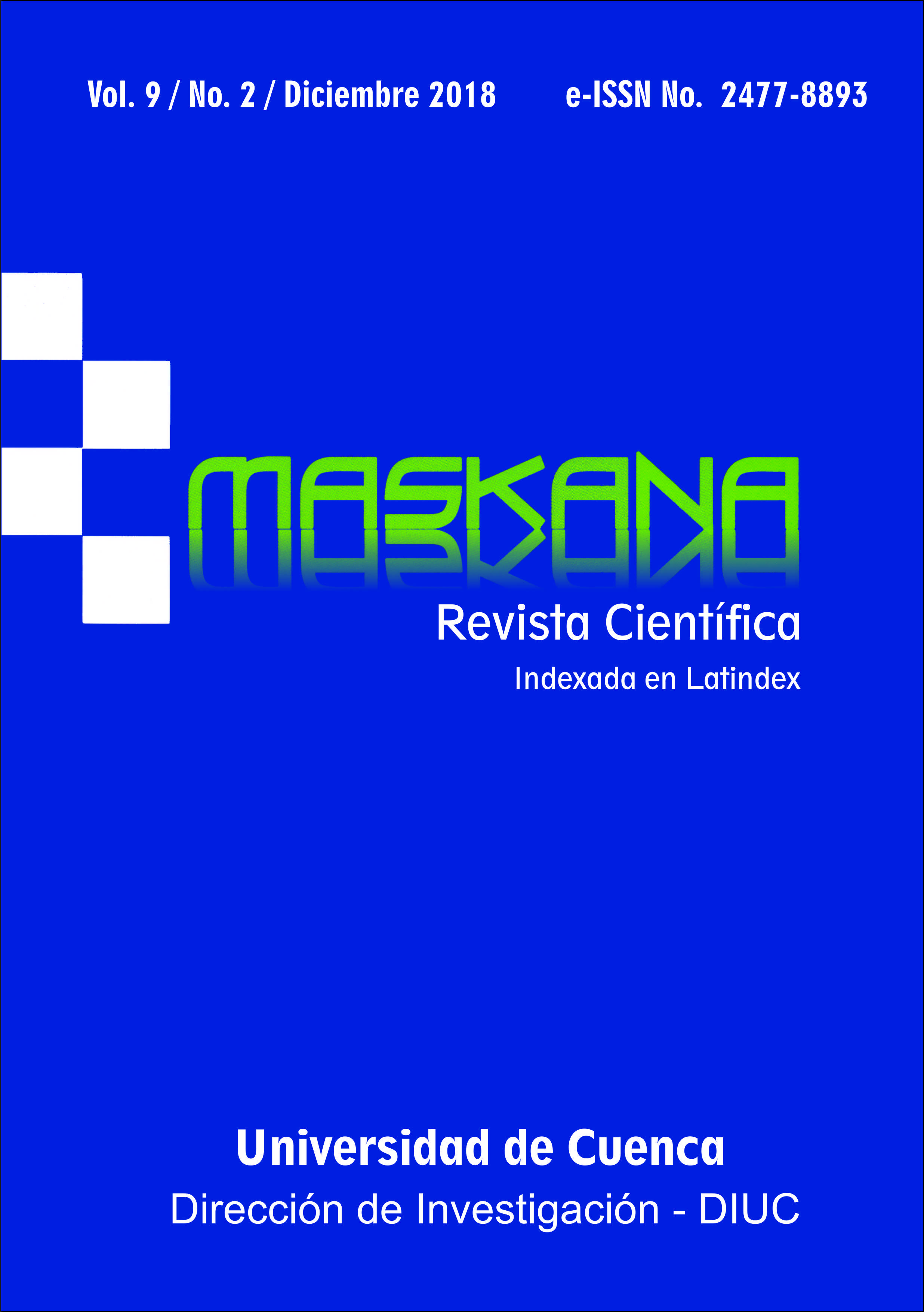Application of cubic state equations and development of numerical correlations for the calculation of thermodynamic properties in saturation of refrigerants for use in microcontrollers
DOI:
https://doi.org/10.18537/mskn.09.02.09Keywords:
refrigerant, microcontroller, saturation, thermodynamic property, C languageAbstract
The state-of-the-art of computer libraries in the field of thermodynamic properties are based on the Helmholtz energy equation. Unfortunately, the use of high-level programming languages and its complex implementation often exceeds the memory limit of most microcontrollers. In this context, after examination of the behavior of five variants of the Peng-Robinson equation, a set of simple equations for the saturation properties of common refrigerants that exceeded the precision of the former ones were developed. The proposed correlations are directly programmable in C language, facilitating the implementation in microcontrollers. Several prototype equations were fitted to the thermodynamic data in the reference RefProp library for a few thermodynamics properties by means of a non-linear multiparametric least-squares fitting procedure. Finally, a discussion of the best function for each property, as well as the average and local coefficients and uncertainties have been reported for several common refrigerants.
Downloads
Metrics
References
Affandia, M., Mamat, N., Kanafiah, S. N. & Khalid, N. S. (2013). Simplified equations for saturated steam properties for simulation purposes. Procedia Engineering, 53, 722-726.
Atalay, H. & Coban, M. T. (2015). Modeling of thermodynamic properties for pure refrigerants and refrigerant mixtures by using the Helmholtz equation of state and cubic spline curve fitting method. Universal Journal of Mechanical Engineering, 3(6), 229-251.
Bell, I. H., Wronski, J., Quoilin, S. & Lemort, V. (2014). Pure and pseudo-pure fluid thermophysical property evaluation and the open-source thermophysical property library CoolProp. Industrial & Engineering Chemistry Research, 53(6), 2498-2508.
Brown, J. S. (2007). Predicting performance of refrigerants using the Peng-Robinson Equation of State. International Journal of Refrigeration, 30(8), 1319-1328.
CAREL Industries S.p.A. (2017). Sistemas de válvulas de expansión electrónicas a pasos y controlador de recalentamiento de gas. Descargado de www.carel.es/electronic-expansion-valve
Cleland, A. C. (1994). Polynomial curve-fits for refrigerant thermodynamic properties: extension to include R134a. International Journal of Refrigeration, 17(4), 245-249.
DuPont TM Suva® (2017). Thermodynamic properties of HFC-134a (1,1,1,2-tetrafluoroethane). Technical Bulletin. Descargado de https://www.chemours.com/Refrigerants/en_US/ products/Freon/Freon-134a.html
Figueira, F. L., Lugo, L. & Olivera-Fuentes, C. (2007). Generalized parameters of the Stryjek–Vera and Gibbons–Laughton cohesion functions for use with cubic EOS of the van der Waals type. Fluid Phase Equilibria, 259, 105-115.
Galassi, M., Davies, J., Theiler, J., Gough, B., Jungman, G., Alken, P., Booth, M. & Rossi, F. (2010). GNU Scientific Library. Descargado de http://gnu.org/gsl
García del Valle, J. (2018). C++ program for computing the liquid-vapor equilibrium using cubic Equations of State, Mendeley Data, v1. http://dx.doi.org/10.17632/st4dss5f22.1
Hewitt, N. J., McMullan, J. T., Evans, R. H. & Mongoney, B. (1996). Martin-Hou, Peng-Robingson and Redlich-Kwong-Soave equations of state for HFC 125. International Journal of Energy Research, 20, 33-39.
Iglesias-Silva, G. A., Miller, R. C., Ceballos, A. D., Hall, K. R. & Holste, J. C. (1995). Accurate vapor pressure equation for refrigerants. Fluid Phase Equilibria, 111, 203-212.
Lopez-Echeverry, J. S., Reif-Acerman, S. & Araujo-Lopez, E. (2017). Peng-Robinson equation of state: 40 years through cubics. Fluid Phase Equilibria, 447, 39-71.
NIST. (2017). Librería REFPROP “Refrigerants Properties” del National Institute of Standards (USA). Descargado de https://www.nist.gov/srd/refprop
Peng, D. Y. & Robinson, D. B. (1976). A new two constant equation of state. Industrial & Engineering Chemistry Fundamentals, 15(1), 59-64.
Peng, D. Y. & Robinson, D. B. (1980). Two- and three-phase equilibrium calculations for coal gasification and related processes. In: Newman, S. A., Barner, H. E., Klein, M. & Sandler, S. I. (Eds.). Thermodynamics of aqueous systems with industrial applications. Washington, D.C., US: American Chemical Society, 393-414
Pérez Casas, J. M. (1987). La ecuación de estado de Peng-Robinson en la industria petroquímica. Ingeniería Química, 223, 461-465.
Poling, B. E., Prausnitz, J. M. & O'Connell, J. P. (2001). The properties of gases and liquids, 5th Ed. Nueva York, EE.UU.: McGrawHill, 803 pp.
Span, R. (2000). Multiparameter equations of state, an accurate source of thermodynamic property data. Bochum, Alemania: Springer, 367 pp.
Vikrant, A. & Radermacher, R. (2014). Standardized Polynomials for Fast Evaluation of Refrigerant Thermophysical Properties. International Refrigeration and Air Conditioning Conference, Purdue University, Illinois, USA.
Wolfgang, W. & Kretzschmar, H. J. (2008). International steam tables properties of water and steam based on the industrial formulation IAPWS-IF97IAPWS steam properties. Berlin, Alemania: Springer, 392 pp.
YellowJacket. (2017). Analizador/recuperador de gas para sistemas frigoríficos. Descargado de: http://yellowjacket.com/product/refrigeration-system-analyzer
Published
How to Cite
Issue
Section
License
Copyright © Autors. Creative Commons Attribution 4.0 License. for any article submitted from 6 June 2017 onwards. For manuscripts submitted before, the CC BY 3.0 License was used.
![]()
You are free to:
 |
Share — copy and redistribute the material in any medium or format |
 |
Adapt — remix, transform, and build upon the material for any purpose, even commercially. |
Under the following conditions:
 |
Attribution — You must give appropriate credit, provide a link to the licence, and indicate if changes were made. You may do so in any reasonable manner, but not in any way that suggests the licenser endorses you or your use. |
| No additional restrictions — You may not apply legal terms or technological measures that legally restrict others from doing anything the licence permits. |









